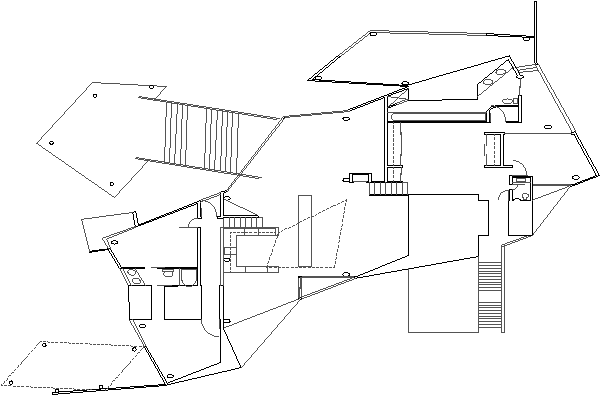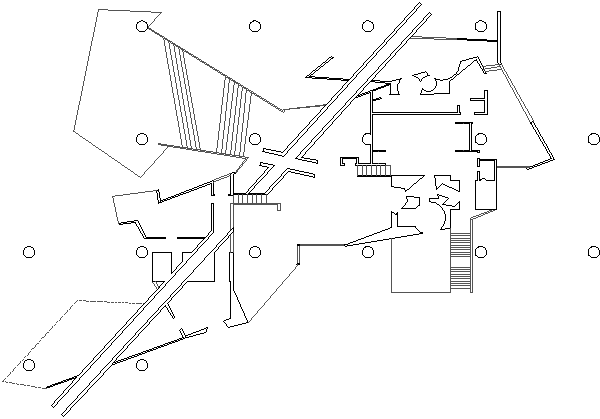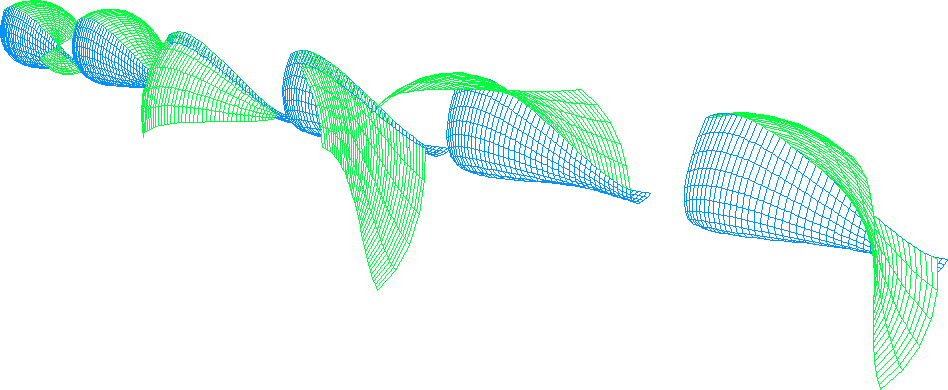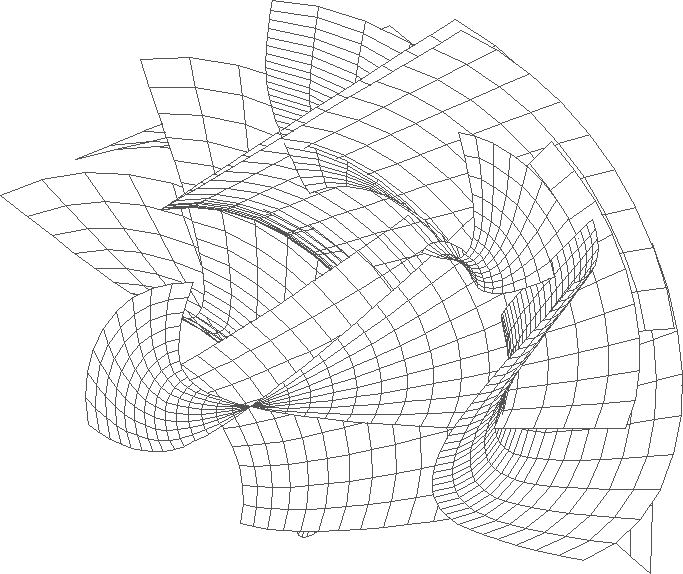2011.12.07 12:24
Frank Gehry
[Y]ou are correct, I do not mean "pliability/pliancy only in literal surface-curving manner," but more of a "yielding readily" (like the varying aspects of the plan of the Wagner House which is on a sloped site). Perhaps it is uncannily (or even appropriately) ironic that the Venturi and Rauch peeling wall detail yeilds from an actual bending wall.
I (re)read about 75% of Lynn's essay last night, and there one sees "the pliant" more in the sense of literal bending and folding, plus also more in concert with suppleness and smoothness--although here too Gehry's architecture is most often used as example. (I feel my reading last night suffered a bit due to no illustrations accompaning this latest version of the essay.)
[T]he pliancy of the Palace of Ottopia is more a demonstration of the drawing pliancy that "laissez-faire" CAD manipulation allows. Yes, the Danteum is there, but so is Hejduk's Bye House, a bit of Perruzzi's Palazzo Massimo and a little bit of myself. (There are several animations of how the design came together which I'll again upload.) Also, the gemmating Danteum plans allude to Eisenman (Aronoff).
Interestingly, within the studies for the Palace of Ottopia, there are some (pliant CAD) manipulations of Gehry's Wagner House--

--which eventally became House for Otto 4.

| |
2012.05.22 09:41
the ethics of parametricism/emergent architectural thought and reification
Let me add another facet (writing here on the fly, so it may not be all too coherent). Besides the mimicry of a myth (so to speak), is not the whole process of getting the 'code' just the way you want it--the continual tests and retests--also something like an inverted (if you will) form of mimicry: "I know what I want it to look like; I just have to find the right parameters." Or, put in a way (hopefully) like above: "I know what nature I want it to look like, but I still have to figure out the right numbers."
In the little bit of parametrics I've dabbled with, using very old (1996) software, I found that using "numbers" that were outside the 'expected' parameters resulted in the most 'novel' results.

A very early example of the 'playing', 2000.
Does it still just boil down to a sophisticated play of/with geometry?

And adding the 'unexpected' thinking, imagine the image above as the 2-dimentional 'grid' plan of a city. It's like actually stepping out of the mimicry.
2012.05.22 14:55
the ethics of parametricism/emergent architectural thought and reification
...ethicality is not an issue because I'll freely admit to using "parametrics" just to see what geometries might emerge, especially by stepping outside of the "expected" process.
|